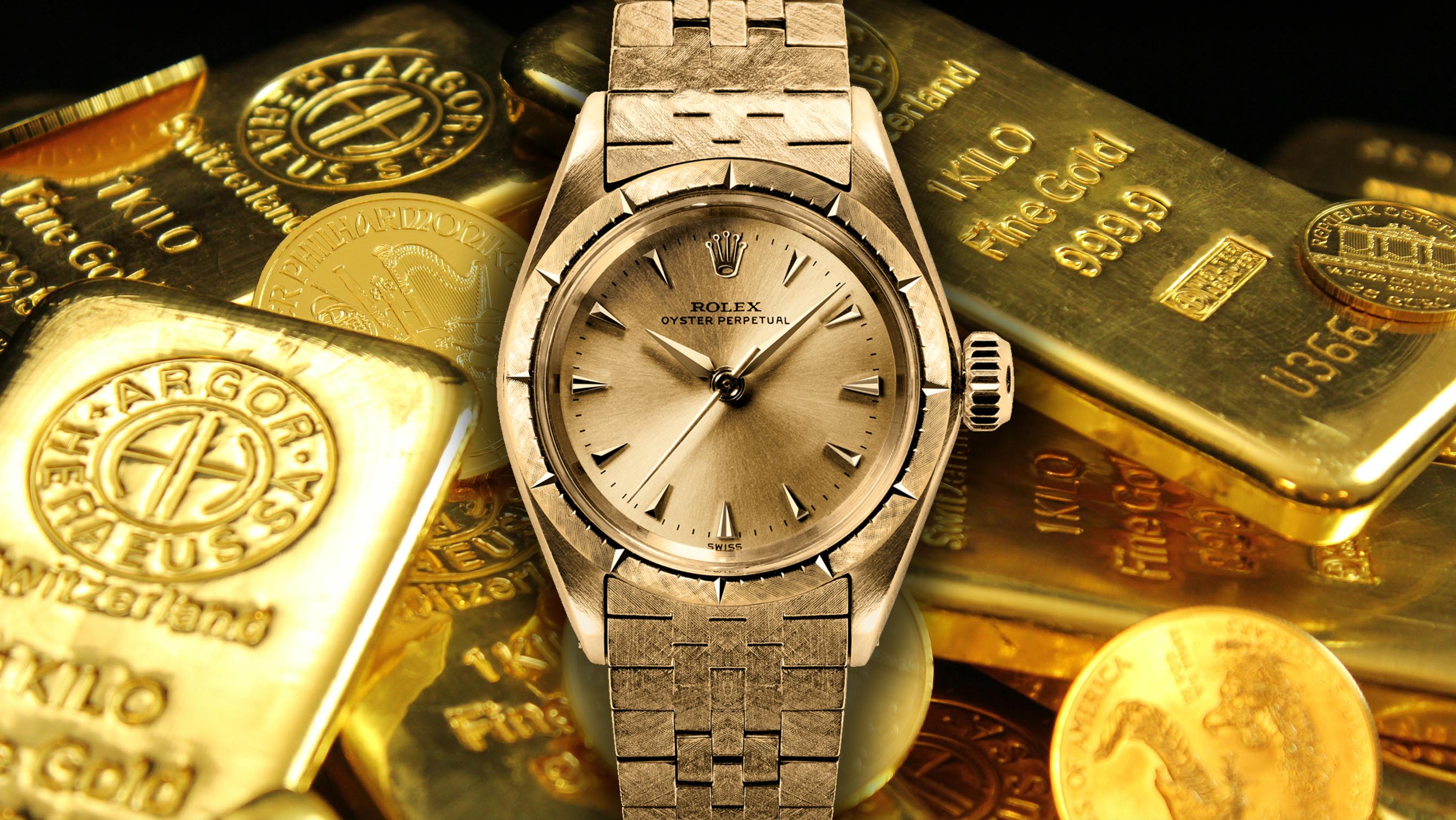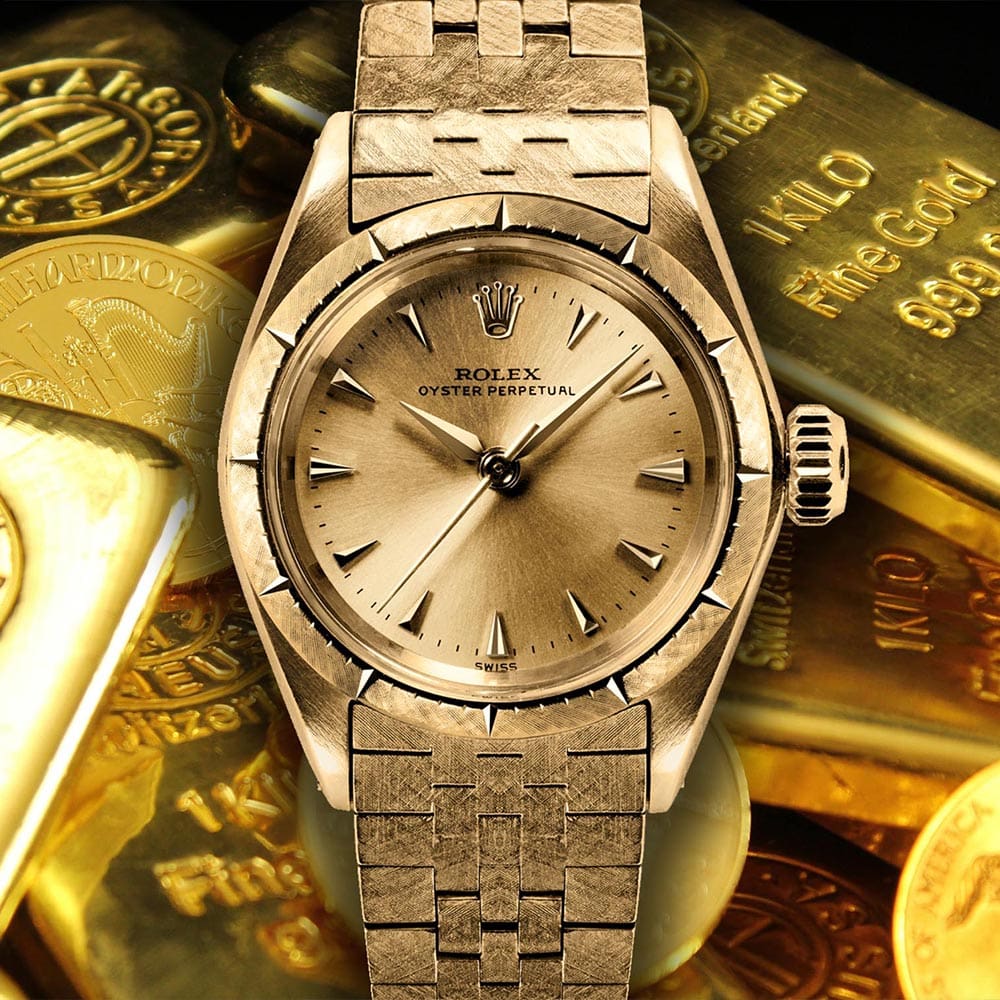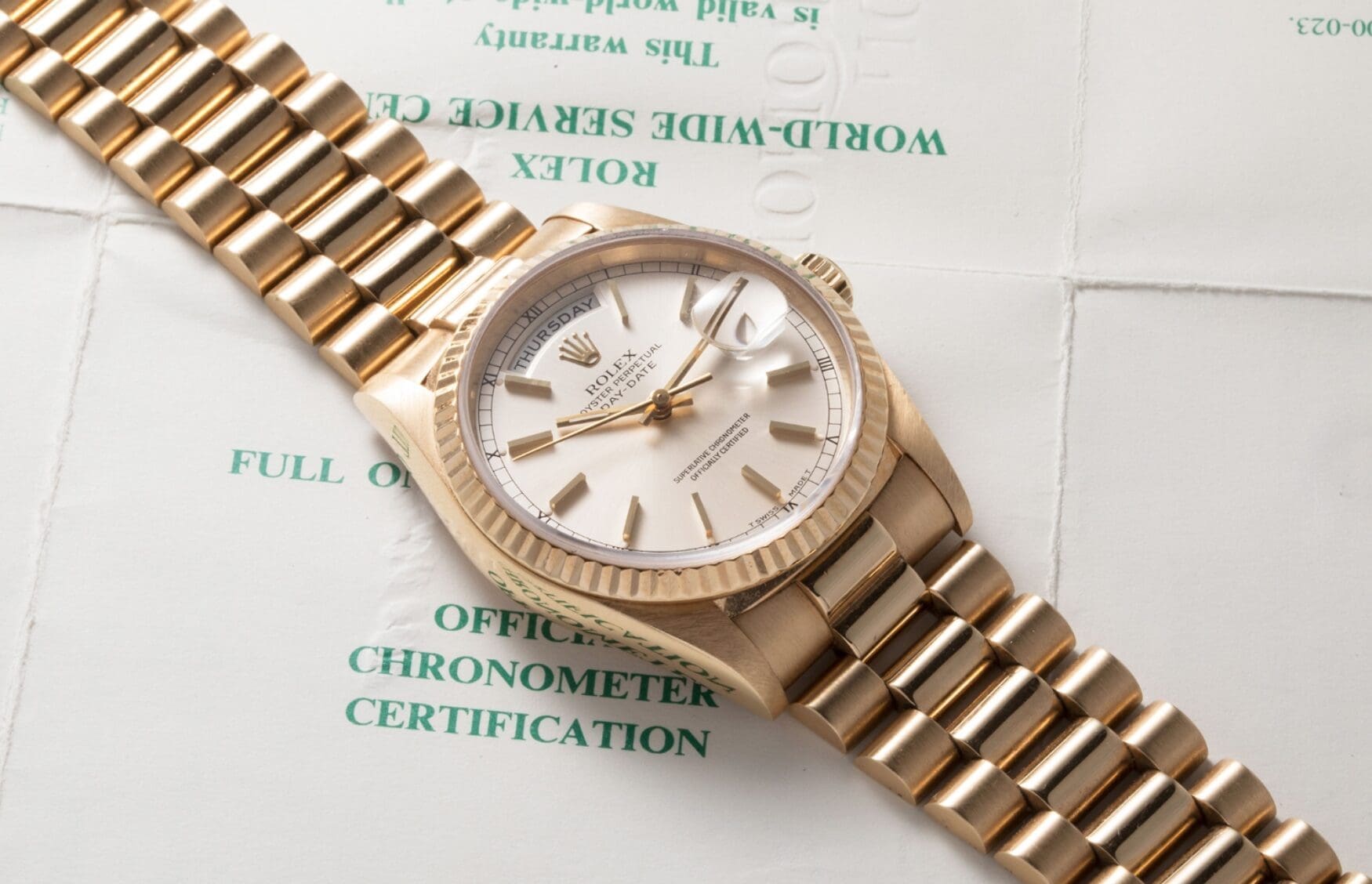Everything you need to know about gold watches
Buffy AcaciaAt times it feels like knowledge of gold is something we’re born with. It has been an essential part of human history for thousands of years, through trading, art, science, and even modern technology. From that first glimpse of the lustrous yellow metal, we can feel its significance in our core. But, even though we can understand innately that gold is valuable, there are a lot of factors to consider when you’re faced with a gold watch.
Humanity’s history with gold is always going to be slightly blurry, because systems of trading have existed for much longer than written language. But, the earliest gold artefacts were found in Bulgaria, dating back to 4600-4200 BC. As a form of currency, there aren’t many other natural resources which can compete. It’s rare enough that you can’t just walk outside and find some for free, but it’s not so difficult to source and refine that it’s prohibitively expensive. For a metal, it’s quite soft and malleable, which makes striking coins and jewellery fairly easy. It’s the second-least reactive element of all metals, just above platinum, which means that it’s unlikely to degrade over time, whether or not it’s being handled or in storage.
When a metal becomes valuable like gold has, the importance of purity can’t be overstated. After all, people paying for a bar of gold wouldn’t want to be inadvertently paying for other undisclosed metals. Pure gold is known as gold bullion, which guarantees a purity of at least 99.5%. When it’s turned into jewellery such as a watch case or bracelet however, pure gold is far too soft to be practical. It wouldn’t exactly crumple in your hand, but it would pick up scratches and lose its shape fairly quickly. For this reason, the gold is mixed with other metals to create an alloy strong enough for wear and tear. Lower purities are denoted in karats, on a sliding scale with 24 karat representing pure gold. For example, 12 karat gold would be equal to 50% gold content, and 18 karat is 75%.
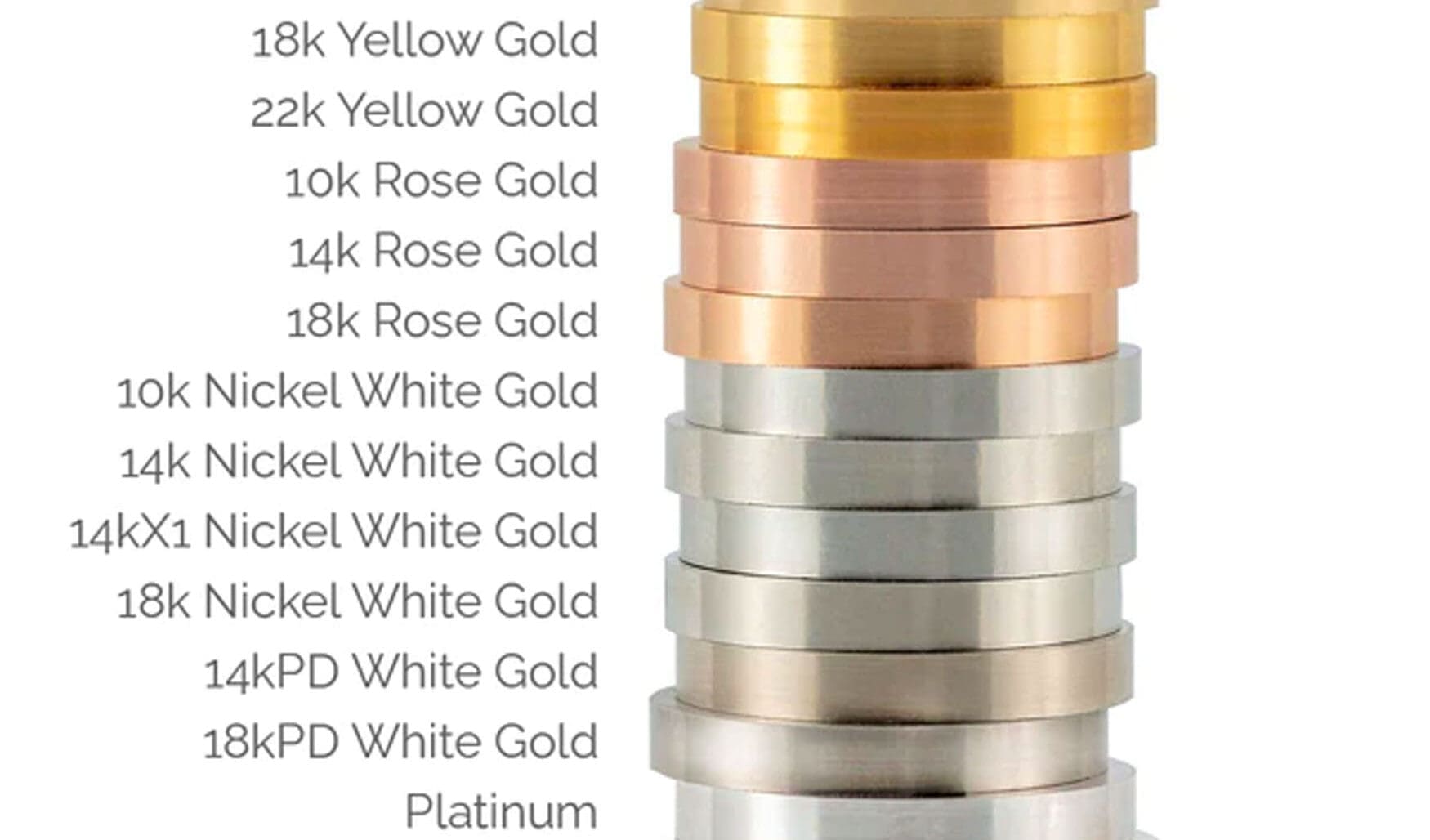
The most common purities of gold used in watchmaking are 9, 14, and 18 karat. Hallmarks can be stamped into the metal to help you identify it, either noting the karat directly, or a number linked to the purity percentage. A 9-karat watch may be marked with 375 to represent a 37.5% gold weight, 585 for 14 karat, or 750 for 18 karat. There’s a common misconception that hardness, and therefore scratch resistance, increases when there is less gold content. That isn’t expressly true, because it mostly depends on which metals are being used to create the alloy. When a manufacturer is producing 9k gold, they’re mostly going to use cheaper metals like copper instead of something palladium. The hardness of 9k gold is between 80-120 on the Vickers scale, while 18k is a fair bit harder harder at 135-165. 14 karat wins out in terms of hardness, which can go all the way from 140-230 depending on the alloy.
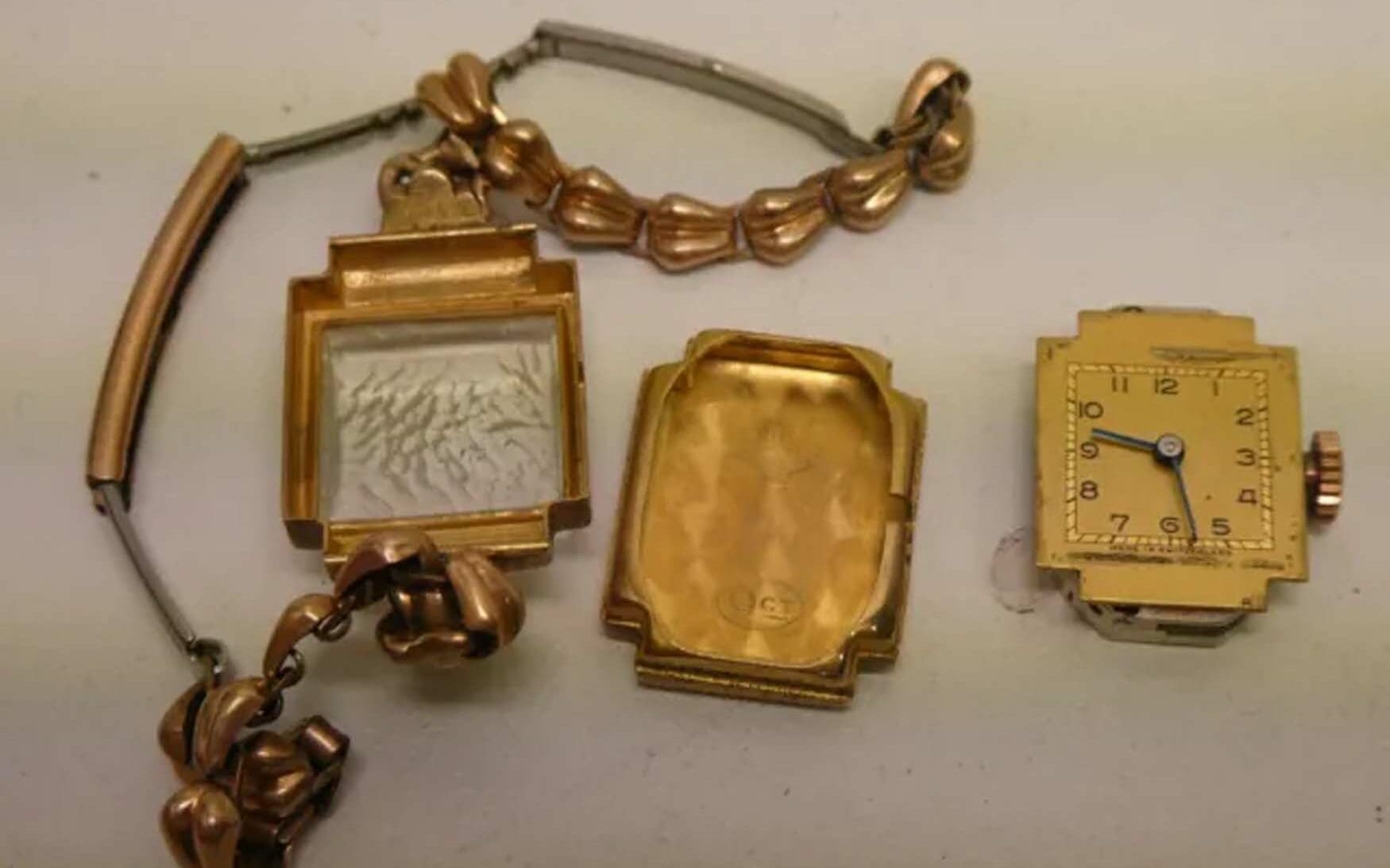
The other benefit of alloying gold is that you have control over the final colour of the product. Yellow gold is of course the most iconic, and most alloys do try to capture the lustre of pure gold. Metallurgy in the last 200 years has popularised other tones though, such as rose gold taking on a more pinkish, coppery hue, and white gold which can range from a super-pale yellow to a white which could be easily mistaken for steel or platinum. 9k gold is generally the most versatile because almost two-thirds of it is made up of other metals, but even 18k can be made to look completely white. Aside from the benefits of stealth and security which white gold provides, it’s also generally harder and more scratch resistant than the yellow or rose varieties.
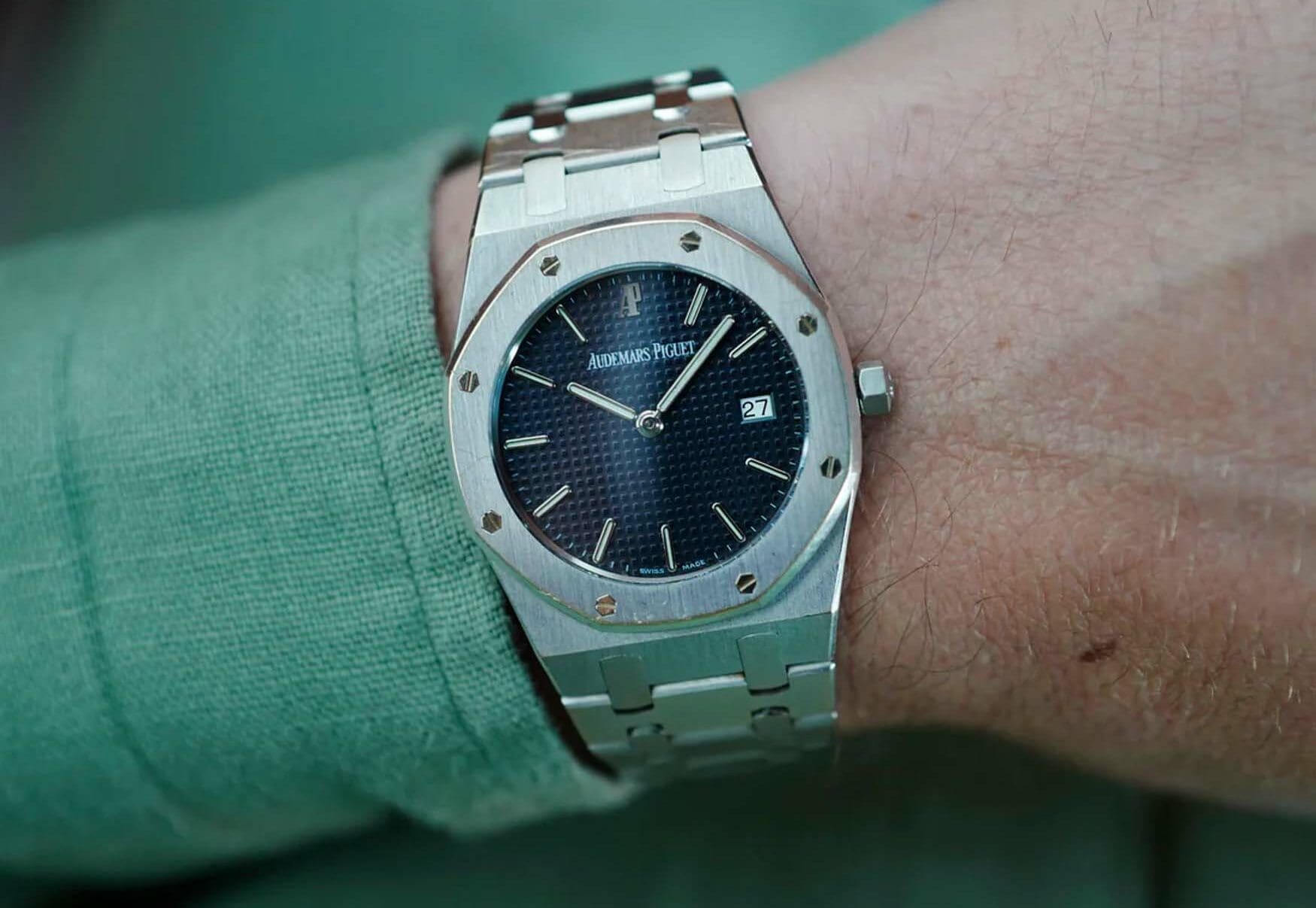
Rarer colours of gold have been produced in jewellery, but have not yet made it to watchmaking. Green gold, also known as electrum, is an 18-karat alloy of gold and silver with ancient roots. With trace amounts of copper and cadmium, incredible dark greens can be achieved. Purple gold is also beautiful, although technically it’s an intermetallic compound and not an alloy for various complex reasons. Hopefully an adventurous watch brand will make some of these unusual materials into watch cases in the near future, but for now it’s just good to know how versatile gold can be when it’s mixed with other metals.
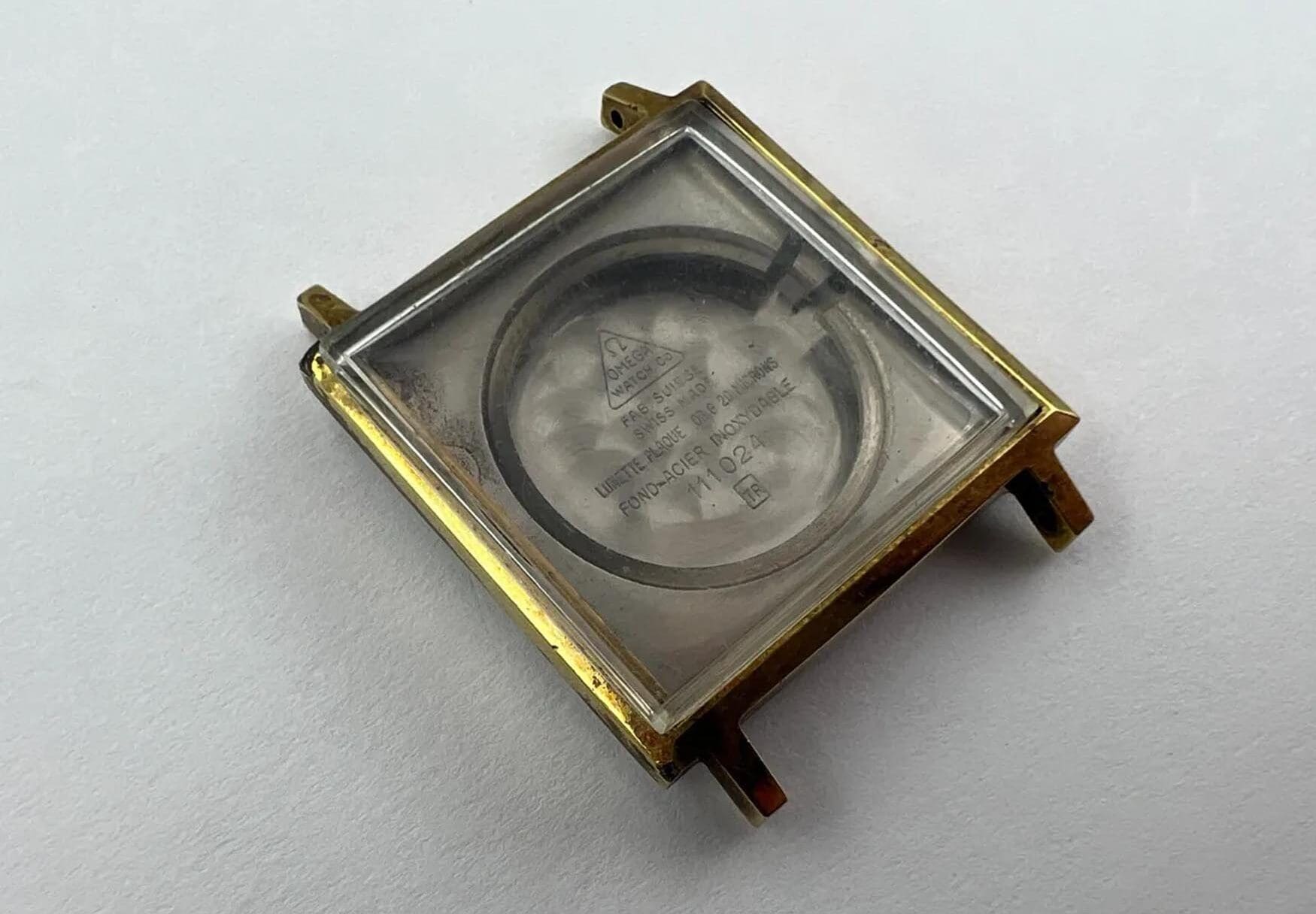
So far, we’ve been covering solid gold alloys. But, the vast majority of gold watches aren’t actually made from solid gold, so you need to be familiar with the different kinds of coatings and platings. Not every gold-plated case is trying to fool you into thinking that it’s solid gold, and gold plating has even been around as an affordable gold alternative since the Victorian era in the 1800s. Essentially, gold plating deposits a very thin layer of gold on top of a base metal, usually brass or steel. The plating is usually around 20 microns thick, which should last a few years before high-wear areas may start to rub through and reveal the metal beneath. A step up from gold plating is known as rolled gold, gold-capped, or gold-filled. They’re all variations on a thicker gold coating, usually up to 120 microns thick. This was an especially popular technique in the ‘40s, ’50s and ‘60s, and they generally lasted for about 10 years before wear started to show.
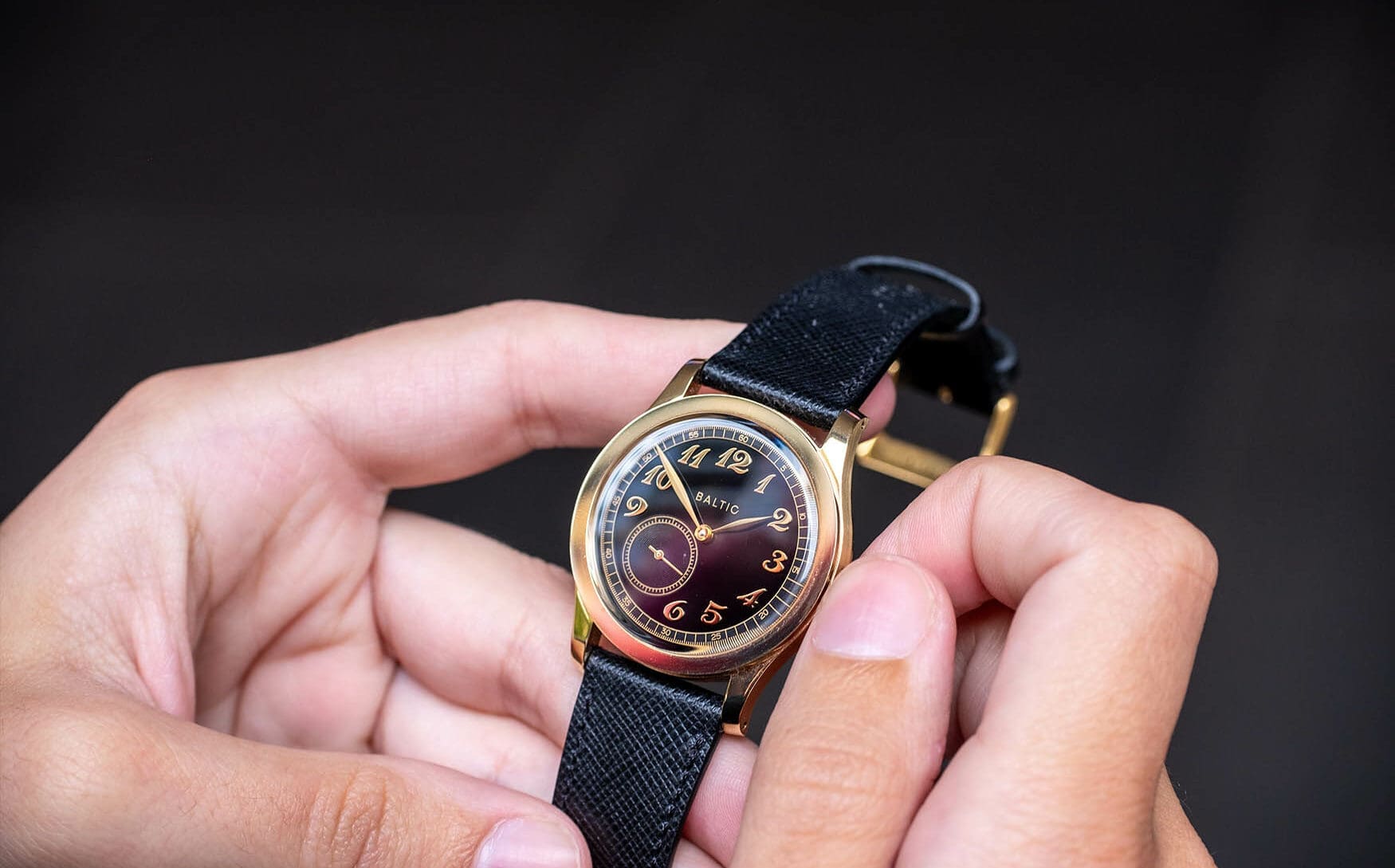
For modern watches and standards of quality, gold plating isn’t considered to be durable enough. Metallic gold colours are now much more likely to be achieved with a PVD coating, also known as IP or ion plating. PVD, or physical vapour deposition is done in a vacuum. The gold material is vaporised at a high heat and then bonded to the watch case on a molecular level with electric charges. The finished product can last a lifetime, as long as it isn’t scratched up too harshly. That said, a PVD coating is always going to be more scratch resistant than any solid gold, with a Vickers hardness range of 1500-4500. For comparison, even 316L stainless steel has a hardness of about 140-240 Vickers.
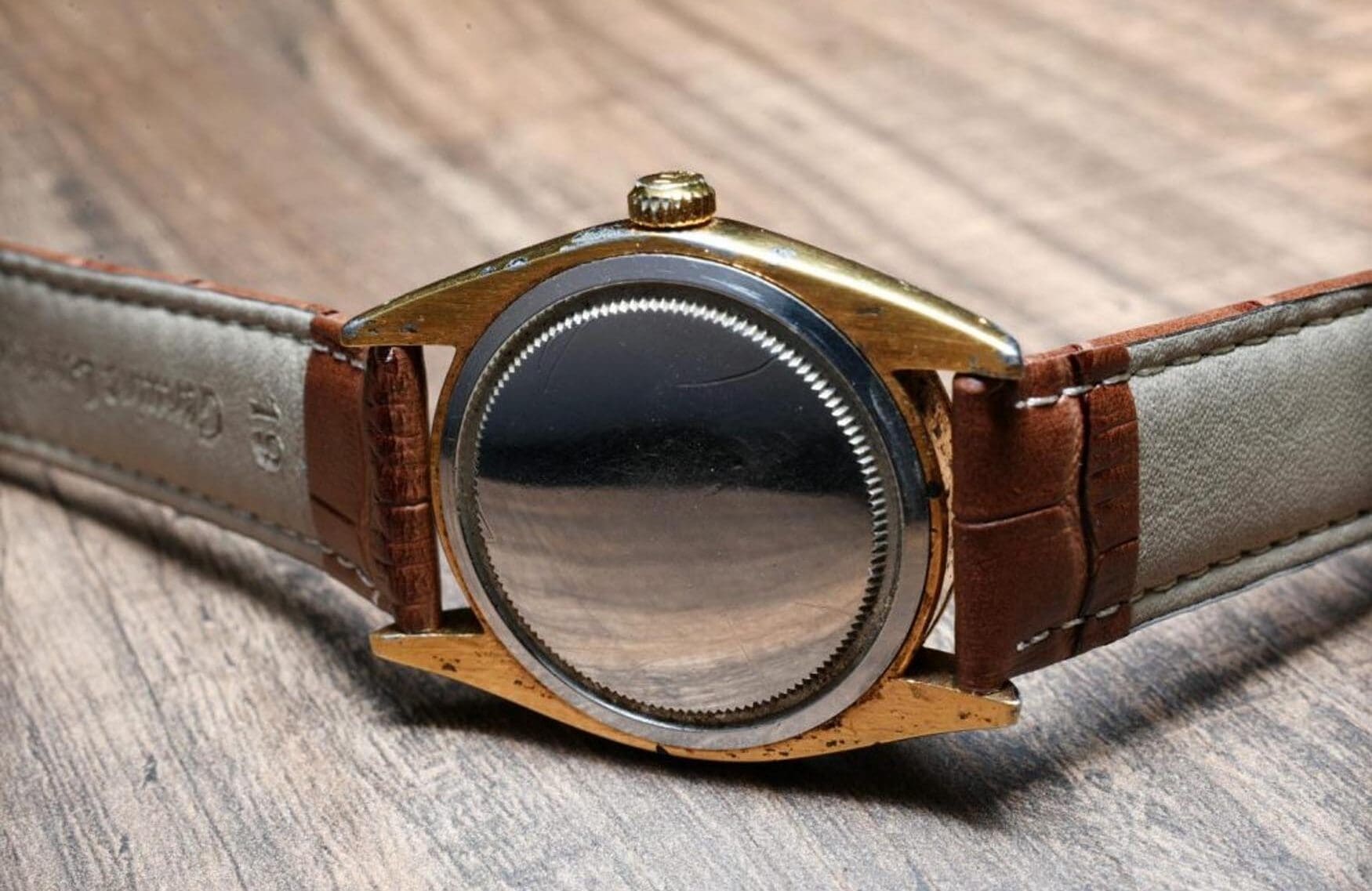
Now that you’re familiar with the main varieties of gold watches, let’s discuss how you can tell them apart in a pinch. In most scenarios, there will be plenty of clues. The vast majority of gold-plated watches have plain, stainless steel casebacks. It’s just another way of cutting costs, and it doesn’t affect how the watch looks while you’re wearing it. If the case is slightly fancier and gold filled, then the caseback may be coated as well. Even then, a lot of watches will have clear markings or hallmarks to say what they’re made from. Sometimes they may be shortened to something like 14GF, which you can decode as being 14k gold filled. If the case is solid gold, it will likely have a stamp which only tells you the karat purity. Some cases are a little bit sneaker, using multiple small hallmarks which you’ll need to add up. It might have a 750 to denote 18 karat purity, and nearby have a 20µ which symbolises the 20 micron thickness of the gold plating.
If you’re still in doubt or there are no markings whatsoever on the case, you’ll have to open the watch up. I recently found a Universal Genève watch for $7 at an op shop, and had no idea it was made from solid 18k gold until I opened it up and saw the hallmarks. Not many brands conceal their stamps in this manner, but it’s more common among vintage ladies’ watches. If you can’t open the case up, for example when you’re in a store without any tools, then there is a bit of guesswork involved. What sort of tone does the gold have? If it looks too yellow or greenish, that can be a sign it’s just a plated base metal. Can you see any spots of wear? The point where the lugs meet the strap or the side of the case near the crown are always great places to check for plating being worn away. If the watch is heavily scratched but still shows no base metal, then that’s a good sign it’s solid gold.
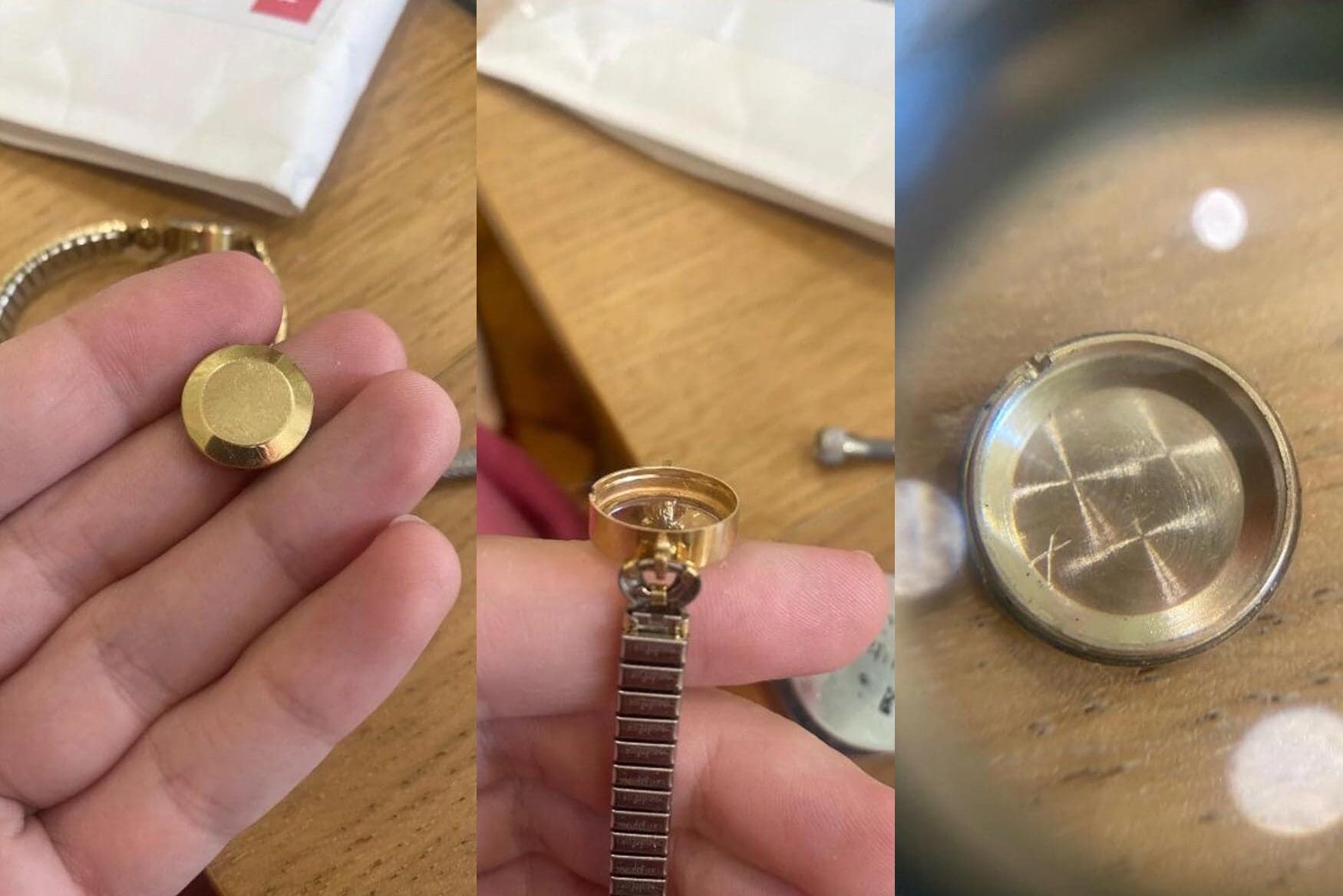
With all of this knowledge, you’ll be a gold hunter in no time. Knowledge of Swiss watch brands will also help greatly in this area, and you’ll pretty quickly figure out which brands are likely to have made solid gold watches. Just a couple of weeks ago I was browsing the online stock of an op shop, and came across a Felca branded ladies watch for A$15, advertised as not working. The photos were blurry and low-res, but I could just about make out that it had a gold coloured caseback. All of the gold plated Felcas I have seen have had steel casebacks, so I decided it would be worth the risk. When it arrived, I eagerly popped the blank caseback off to see that there were no markings inside the case either. It did weigh just under 3 grams however, which is much heavier than a base metal case would have been at that size. Sure enough, I had a jeweller use an XRF machine to scan it, and it came up as solid 9k gold—about A$100 worth of it. Score!




